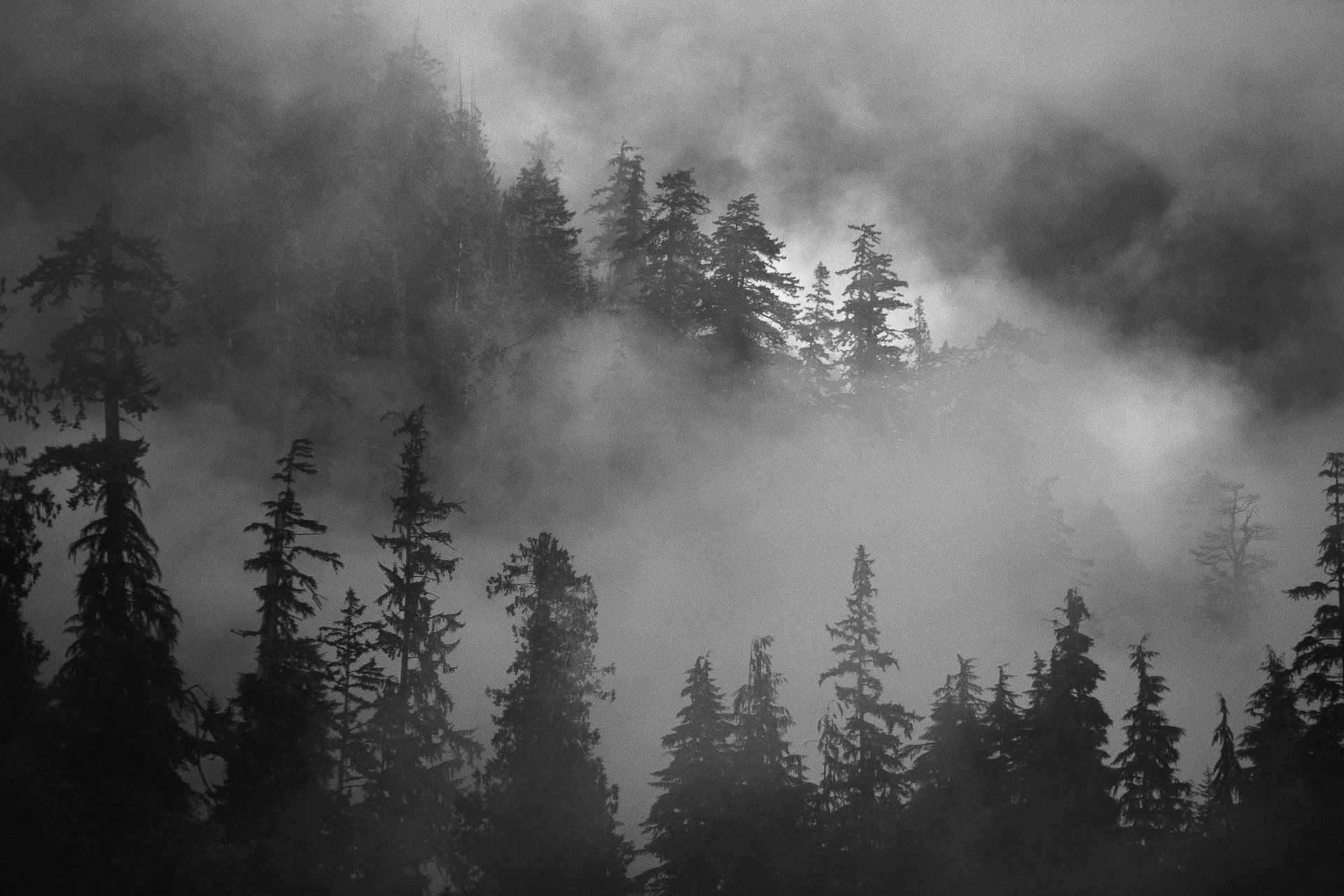Exploring the Essence of Mid-Western Narratives
- Jay Whales

- Oct 6
- 3 min read
The heart of the American Midwest beats with stories that reflect its unique culture, history, and values. These narratives capture the spirit of communities shaped by vast landscapes, hardworking people, and a deep connection to the land. Understanding Midwestern narratives offers insight into a region often overlooked but rich in tradition and character.
The Roots of Midwestern Narratives
Midwestern narratives are deeply rooted in the history and geography of the region. The Midwest, known for its expansive plains, fertile farmland, and industrial cities, has inspired stories that emphasize resilience, community, and simplicity. These stories often highlight the struggles and triumphs of everyday people, from farmers battling the elements to factory workers shaping the nation’s economy.
For example, classic literature and folklore from the Midwest frequently explore themes of perseverance and family bonds. The harsh winters and unpredictable weather become metaphors for life's challenges, while the close-knit communities symbolize support and unity. These elements create a narrative framework that resonates with readers and listeners alike.

Characteristics of Midwestern Narratives
Midwestern narratives possess distinct characteristics that set them apart from other regional stories. They often feature:
Strong sense of place: The landscape is not just a backdrop but a character itself, influencing the lives and decisions of the people.
Everyday heroes: Characters are typically ordinary individuals facing relatable challenges.
Community focus: Stories emphasize relationships, cooperation, and shared values.
Pragmatism and humility: The tone is often straightforward, with an appreciation for hard work and modesty.
Connection to nature: The environment plays a crucial role, reflecting the rhythms of rural and small-town life.
These traits create a storytelling style that is both grounded and evocative, inviting readers to experience the Midwest’s unique cultural fabric.
The Role of Midwestern Narratives in Modern Culture
Midwestern narratives continue to influence contemporary culture, from literature and film to music and art. They provide a lens through which people understand the complexities of rural and small-town life in a rapidly changing world.
Writers and filmmakers often draw on these narratives to explore themes such as economic hardship, migration, and identity. For instance, movies set in the Midwest frequently portray the tension between tradition and progress, highlighting the challenges faced by communities adapting to new realities.
Moreover, these stories serve as a bridge connecting generations, preserving the heritage and values of the Midwest while allowing for new interpretations and voices. This ongoing evolution keeps Midwestern narratives relevant and compelling.

How to Engage with Midwestern Narratives Today
Engaging with Midwestern narratives can be both enriching and enlightening. Here are some practical ways to explore and appreciate these stories:
Read regional literature: Seek out authors who write about the Midwest, such as Willa Cather, Sherwood Anderson, or contemporary voices capturing modern life.
Watch films and documentaries: Many films depict Midwestern life authentically, offering visual and emotional insights.
Visit local museums and cultural centers: These places often showcase exhibits and archives dedicated to regional history and storytelling.
Participate in community events: Festivals, storytelling nights, and fairs provide opportunities to hear firsthand accounts and connect with local culture.
Explore online resources: Websites like mid-western-stories offer curated collections of narratives and creative works.
By actively engaging with these narratives, you can gain a deeper understanding of the Midwest’s identity and the values that shape its people.

The Future of Midwestern Narratives
As the Midwest continues to evolve, so too will its stories. The future of Midwestern narratives lies in embracing diversity and innovation while honoring tradition. New voices from different backgrounds are emerging, adding fresh perspectives to the region’s storytelling landscape.
Technology and social media also play a role in how these narratives are shared and preserved. Digital platforms allow for wider dissemination and collaboration, connecting storytellers and audiences across distances.
Ultimately, Midwestern narratives will remain a vital part of American culture, reflecting the ongoing journey of a region defined by its people, place, and enduring spirit. Exploring these stories offers a window into the soul of the Midwest and invites us all to appreciate the richness of its heritage.































Comments